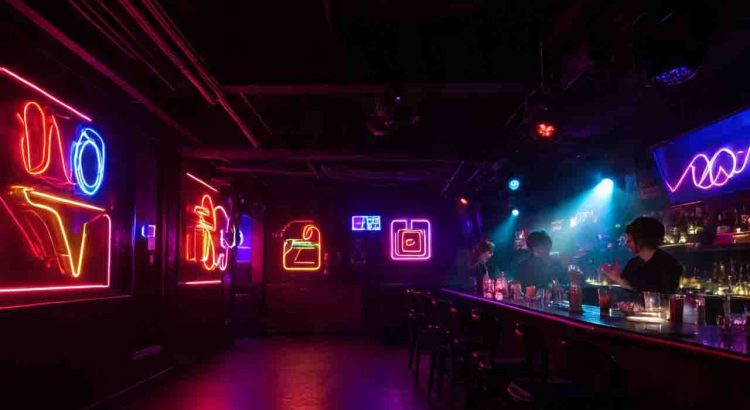Clubdelisa – The Last Dance Before 3 AM is becoming a new reality for club-goers worldwide. According to a recent Financial Times report, the number of club nights stretching beyond 3 AM has dramatically declined in 12 out of 15 major global cities between 2014 and 2024. Cities like Berlin, Barcelona, Melbourne, and New York, once famous for their all-night party culture, are seeing venues close earlier than ever. Rising operating costs, post-pandemic regulations, and shifting consumer behavior have all contributed to this trend. For many in the nightlife industry, The Last Dance Before 3 AM signals a fundamental change in how people socialize after dark.
“Smart Whiteboards Are Changing Collaboration”
Gen Z Drives Health-Conscious Socializing
The Last Dance Before 3 AM is partly driven by a generational shift. Today’s Gen Z audiences often prioritize wellness, daytime activities, and balanced lifestyles over late-night partying. As a result, they gravitate toward afternoon or early evening events instead of raves that run into the early hours of the morning. This shift has encouraged club operators to adapt by offering shorter, healthier programming that better aligns with contemporary values. While the cultural shift may disappoint those nostalgic for marathon parties, many see it as a positive reimagining of nightlife that can be more inclusive and sustainable.
Electronic Music Remains Resilient
Even as The Last Dance Before 3 AM changes the structure of club nights, the passion for electronic music remains stronger than ever. The global electronic music industry posted a 17% revenue increase in 2023 and continues to attract new venues, artists, and audiences. In many ways, this resilience shows that while the hours of dancing may change, the human desire to gather around music and celebrate remains alive and well. The club scene is evolving rather than disappearing, responding to changing lifestyles while holding on to its core spirit of community, rhythm, and connection.



